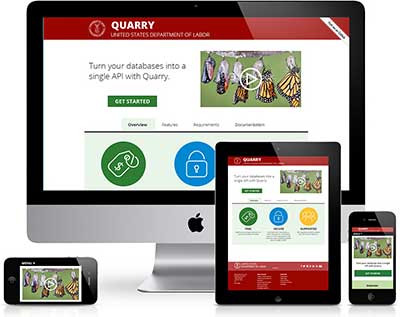Safety and Transparency Through Data

You have the right to a safe workplace—and so do the employees at your favorite café, the local hospital and the construction company renovating homes in your neighborhood.
But how can you tell if the businesses you patronize are keeping their workers safe? That’s a question we can answer with data.
The Data
The Occupational Safety and Health Administration’s online enforcement database includes details on the roughly 90,000 OSHA inspections conducted every year, and covers more than four decades. If you want to know what businesses in your area have been inspected, whether violations were found, and what citations and fines were issued, it’s all there. You can also find details on injuries and fatalities leading to accident inspections.
This data is handy for journalists and academic researchers, but it also has practical implications for citizens who want to ensure that they’re supporting businesses with a proven commitment to labor rights. And employers can use it to identify common citations in similar workplaces, so they can correct any potential issues before they cause problems on the job.
Here’s the cool part: with the Labor Department’s newly launched, next-generation Application Programming Interface (API), apps can easily be created around this data.
The API
So what is an API? It’s an interface that allows software programs and databases to share data and functions. For more background on APIs in the federal government, check out this video.
The new API we’re releasing to support these datasets represents the next stage in the Labor Department’s open data efforts. This product, which we’re naming “Quarry,” will expand opportunities for everyone using our data, and we’ll be rolling out frequent and regular enhancements. Also, because Quarry is an open source project, other agencies will be able to use it to create a free, secure and supported solution for developing their own centralized API—a “one stop shop” for their data.
It’s government transparency at its best.
And that’s not all you’ll find in the API. It will soon carry data from the department’s other enforcement agencies: the Employee Benefits Security Administration, Office of Federal Contract Compliance Programs, Mine Safety and Health Administration and Wage and Hour Division.
Stay up-to-date by checking our developer portal and share your feedback with us on GitHub.
This post was originally published on the Department of Labor blog by Mike Pulsifer, a lead IT specialist at the U.S. Department of Labor.

